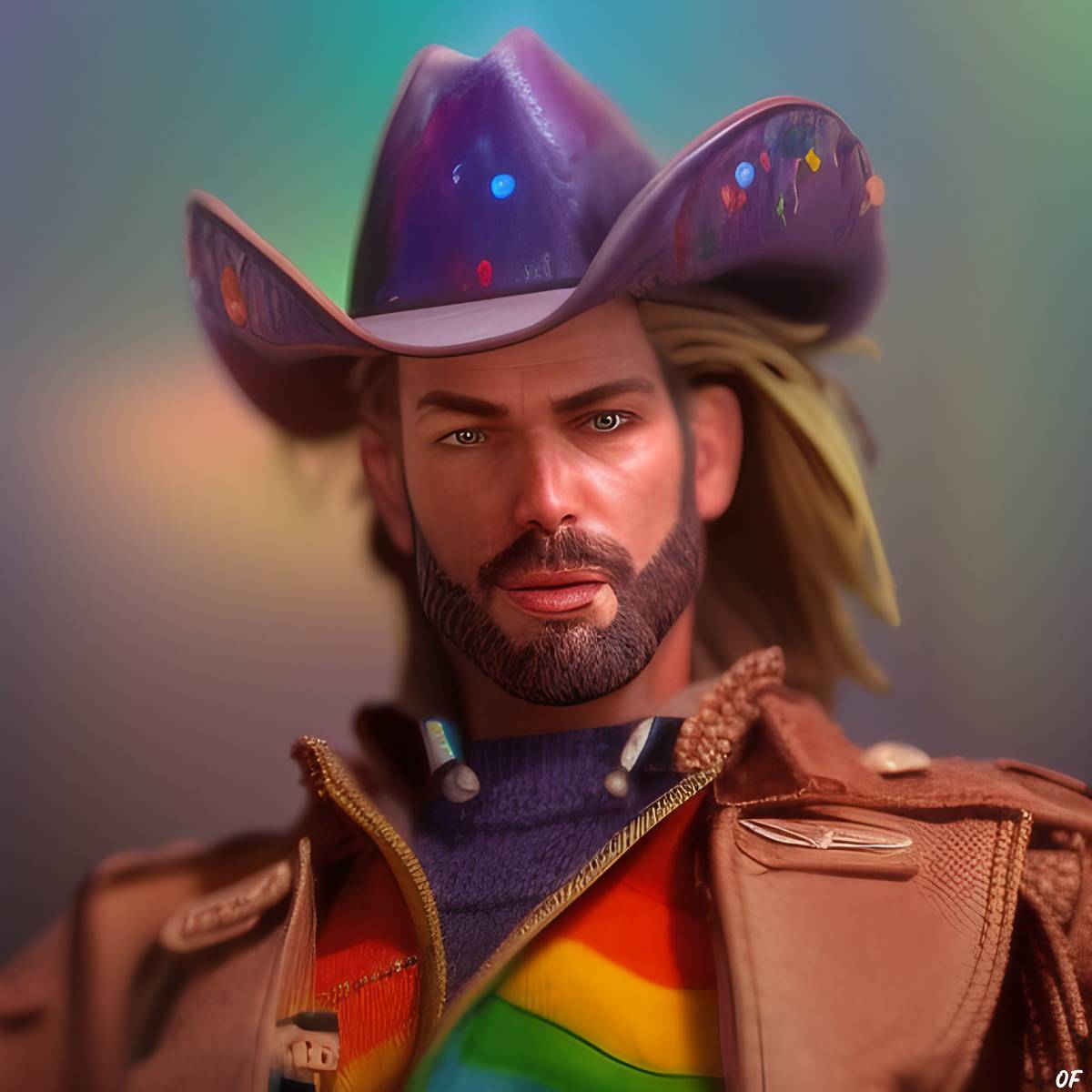In 1977, a small, blond-haired plastic toy with a big, barefaced message caused quite a stir as it emerged on the scene as the first openly gay doll in modern history. Gay Bob, as he was dubbed, wore tight jeans and cowboy boots, and was by no means your average Ken (he sported a little extra, if you catch our drift), so his mere existence was a bold statement in a world not yet ready to accept the LGBTQ+ community.
Despite being somewhat tongue-in-cheek in both name and design—and despite being widely criticized and either rejected or banned by most retailers—Gay Bob did mark a step forward in visibility and acceptance for the gay population, offering a glimmer of hope for those fighting for equal rights and representation in 1970s America. It is with their struggle that we begin Gay Bob’s amusing and all-but-forgotten story.
The gay movement during the 1970s
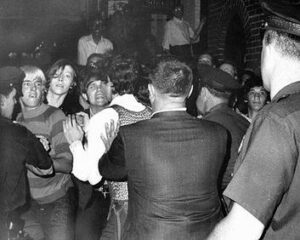
The 1970s marked a pivotal time for the gay rights movement. During this decade, gay and lesbian individuals and organizations began to demand equal rights and recognition. The Stonewall riots of 1969, which occurred after a police raid on a gay bar in New York City, are widely considered to be the catalyst for the modern gay rights movement. This event inspired the formation of numerous gay rights organizations, including the Gay Activists Alliance (1969) and the National Gay Task Force (1973). These organizations began to push for legal and social change, staging protests and demonstrations all across the country.
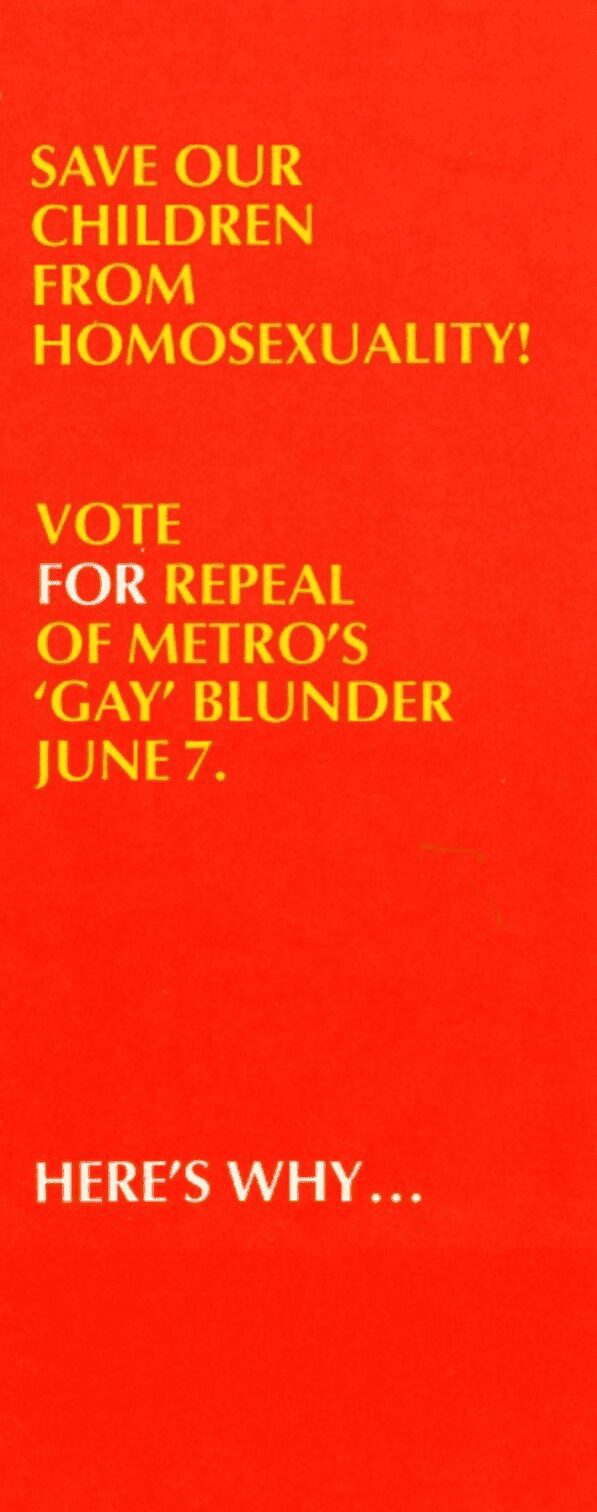
In June 1970, on the anniversary of the Stonewall riots, the first gay pride parade was held in several American cities, with participants marching to commemorate the events of the previous year and to call for equal rights and recognition. In July 1974, the American Psychiatric Association voted to remove homosexuality from the Diagnostic and Statistical Manual of Mental Disorders, a major step toward destigmatizing homosexuality. Just three years later, Harvey Milk became the first openly gay person to be elected to public office in the United States. The decade ended with the first National March on Washington for Lesbian and Gay Rights (October 14, 1979).
These and similar efforts laid the foundation for continued progress toward equal rights and recognition for the LGBTQ+ community. However, the fight was far from over. During the 1970s, sodomy laws, which criminalized homosexuality, were still in place in many American states; Harvey Milk was assassinated just one year after being elected; and in 1977, the Save Our Children campaign, led by Christian pop singer Anita Bryant, successfully repealed a newly enacted ordinance in Dade County, Florida, that prohibited discrimination based on sexual orientation. It was against such a divisive backdrop that the Gay Bob doll made its first appearance.
Harvey Rosenberg, the man behind the doll
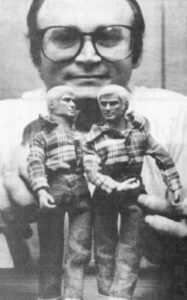
The Gay Bob doll was envisioned and designed by Harvey Rosenberg, a former advertising executive with a life-long passion for creating unique and innovative products. He came up with the idea after a difficult period in his life, and a series of personal tragedies. With his marriage falling apart and his mother becoming seriously ill with cancer, he resolved that his next project must hold great personal significance. The Gay Bob doll was a result of this realization, as Rosenberg actively sought to use his talents and skills to create something meaningful and impactful.
So, he broke ties with all the corporations he had previously worked with and invested $10,000 of his own money (equivalent to about $50,000 today) to fund the development of the Gay Bob doll, which he knew would be a dissentious act. When asked about the financial grounds underpinning this decision, he supposedly said nothing of the market at all, but simply replied with, “I’m not gay, but we had something to learn from the gay movement, just like we did from the black civil rights movement, and the women’s movement—and that is having the courage to stand up and say, ‘I have a right to be what I am.'” And that was precisely what Gay Bob set out to do.
The writing on the closet
An inexpensively made doll, Gay Bob was packaged quite ingeniously—his box was designed to look like a closet, featuring an illustrated wardrobe on the inside, and a simulated closet door on the outside. Hence, when opened, the “closet door” revealed Gay Bob in his “closet,” as if he were hiding his secret identity. Taking Bob out of the box, in other words, meant helping him “come out of his closet”—a humorous way of addressing the issue of repressed gay identity.
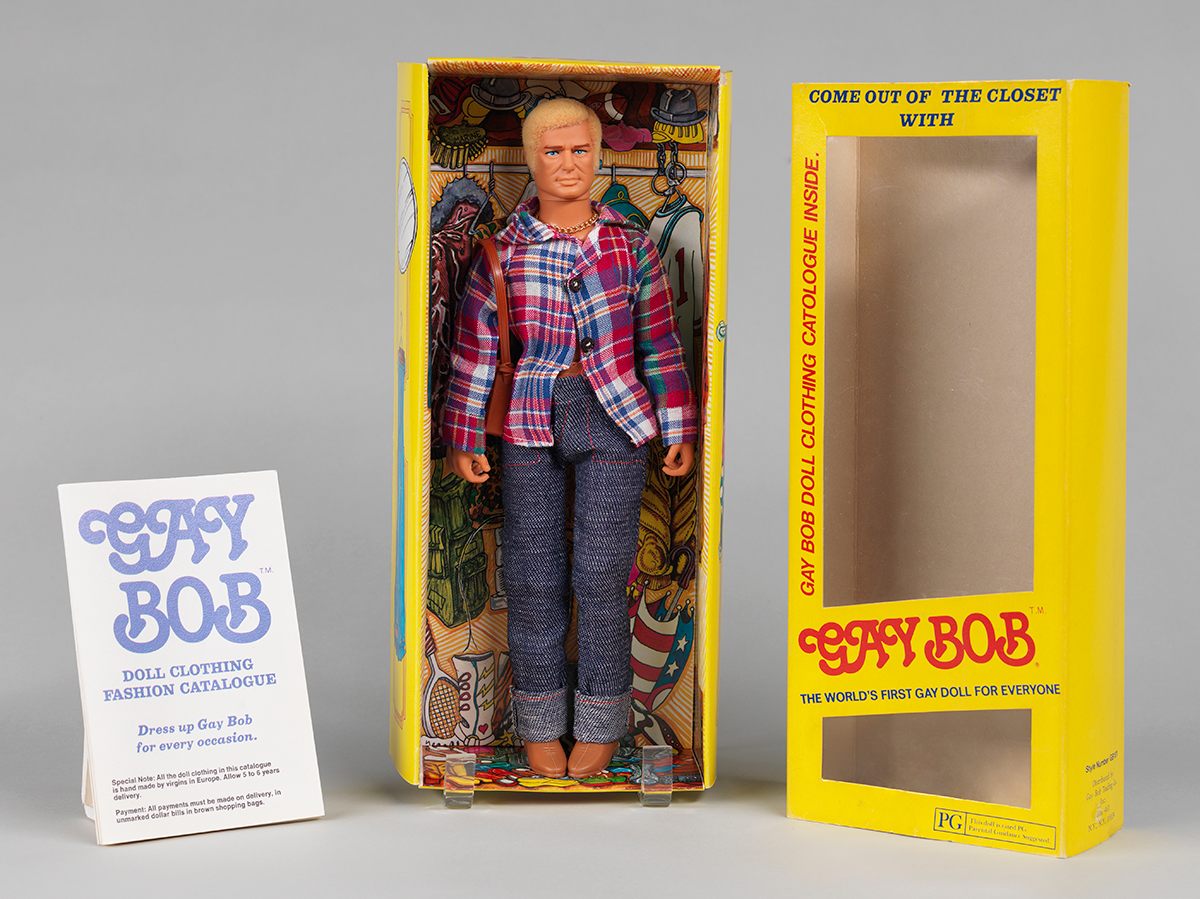
There was nothing of this not-so-subtle symbolism on the back of the box or inside it, where a fashion catalog included the following explanation of the nature of “coming out”:
Hi Boys, Girls and Grownups. I’m Gay Bob, the world’s first gay doll. I bet you are wondering why I come packed in a closet. ‘Coming out of the closet’ is an expression which means that you admit the truth about yourself and are no longer ashamed of what you are. Gay people use the expression ‘coming out of the closet’ to explain they are no longer afraid, or ashamed, of being gay, and no longer hide the fact. ‘Coming out of the closet’ is a wonderful thing because it means ‘I am me, that is loveable and worthy of respect’ and the basis upon which to live a fulfilling life. A lot of straight people should come out of their ‘straight closet’ and take the risk of being honest about who they are.
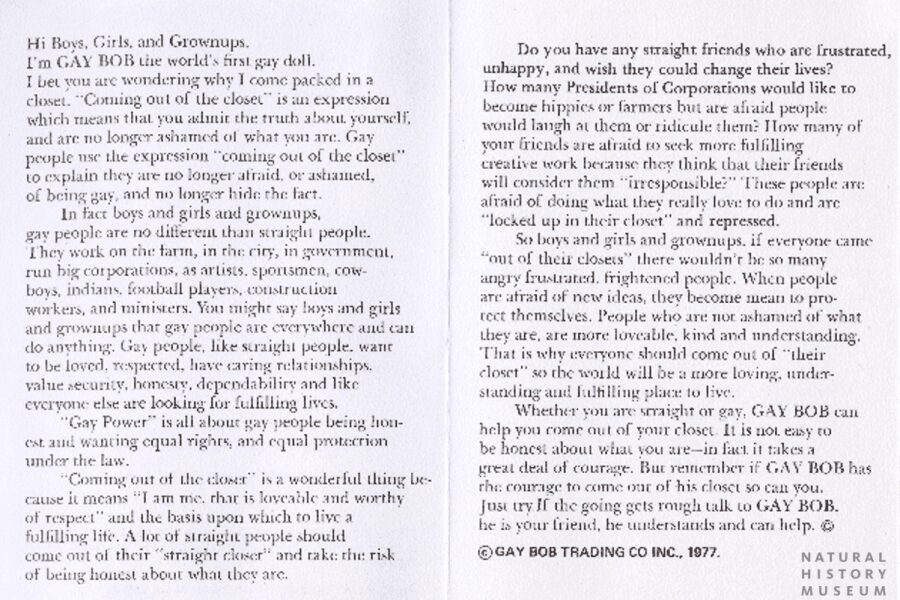
The text then turned a bit more political, combining a plea for understanding with a manifesto for change. “Gay people are no different than straight people,” it claimed. “They are everywhere and can do anything. Like straight people, they want to be loved and respected, and to have caring relationships; like straight people, they also value security, honesty, dependability; like everyone else, they are looking for fulfilling lives.” The text ended thus:
If everyone came out of their closets, there wouldn’t be so many angry, frustrated, frightened people. When people are afraid of new ideas, they become mean to protect themselves. People who are not ashamed of what they are, are more lovable, kind, and understanding. That is why everyone should come out of ‘their closet’ so the world will be a more loving, understanding, and fulfilling place to live. It is not easy to be honest about what you are—in fact, it takes a great deal of courage. But remember, if Gay Bob has the courage to come out of his closet, so can you!
The Gay Bob doll: he’s got the look
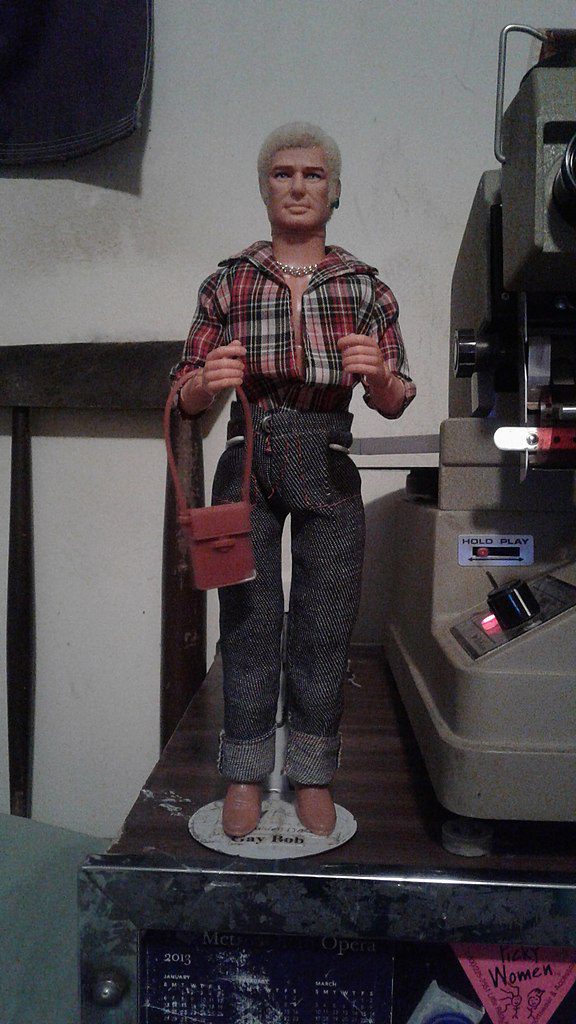
With a compact, muscular stature of 13 inches (33 cm) and a price range of $15 to $20, Gay Bob was envisioned as a blend of the dashing charm of Paul Newman and the sophisticated elegance of Robert Redford. With his well-groomed, short and feathery blonde hair, the gold chain around his neck and a single pierced ear with a blue earring, he embodied a confident and stylish appearance, oozing with masculine energy while conveying the bold and adventurous spirit of the contemporary homosexual lifestyle.
To this end, he flaunted cuffed blue jeans and cowboy boots, completing his casual yet refined look with a plaid, reddish-blue shirt and a brown leather satchel, perfect for the fashion-forward, urban cowboy. A host of other accessories and outfits were further described in the accompanying fashion catalog, showcasing Gay Bob’s wide range of styles, from the adventurous and rugged “Gay Mountain Climber” ensemble to the preppy “Gay Polo Club Member” attire to the laid-back “Gay Suburbanite” and “Gay Farmer” looks.
Now, none of these outfits were ever produced or sold—the fashion catalogue was primarily meant as a joke. Such was apparently the case with another key feature of Gay Bob that further set it apart from traditional Barbie-like dolls: its anatomically correct genitals. Owing to this—cough!—dangling modifier, it was difficult to produce the gay doll domestically, so Rosenberg had to manufacture it overseas, in Hong Kong. Moreover, he could only sell Gay Bob through mail-order advertisements in gay magazines, and also at a few select boutique shops in New York City and San Francisco.
The reception of the world’s first gay doll

Predictably, Gay Bob’s message of equality and acceptance was met with criticism from anti-gay advocates. The Save Our Children campaign—the slogan of which was “Homosexuals cannot reproduce, so they must recruit”—saw Gay Bob as another recruiting tool for the gay community. In January 1978, the prestigious Esquire magazine granted Gay Bob the questionable honor of being included in the publication’s annual “Dubious Achievement Awards.” A few months later, Edward Rowe, the executive director of Protect America’s Children, told a Pittsburgh Post Gazette reporter the following with regard to Gay Bob:
It’s more evidence of the desperation the homosexual campaign has reached in its effort to put homosexual lifestyle, which is a death style, across to the American people. I can only hope that the children who are given these Gay Bob dolls will not comprehend the meaning and intent of the campaign that is behind their manufacture and distribution
On the plus side, Gay Bob earned himself an explicit reference in Frank Zappa’s 1979 three-part rock opera, Joe’s Garage, more particularly in the first scene of Act II, “The Closet.” In the song titled “Sy Borg,” around the 3 minute mark, a robotic voice tells Joe, the protagonist of the story, “I share this apartment with a modified Gay Bob doll. He goes all the way! Ever try oral sex with a miniature rubberized homo-replica?” Just a few seconds later, Sy Borg introduces Gay Bob to Joe, adding, “This is him. Your wish is his command. He likes you. He wants to kiss you always. Just tell him what you want.”
Gay Bob’s (unlikely) descendants
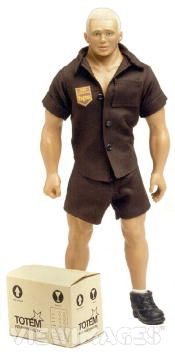
Over the summer of 1978, Gay Bob sold over 2,000 copies, but it seems like it wasn’t the great success Rosenberg had hoped it would be. For one, even though he planned to build him an entire (alliteratively named) family, none of the plans ever came to fruition (despite some sources claiming otherwise). This was probably due to a lack of sufficient interest for the Gay Bob doll, the original in the series.
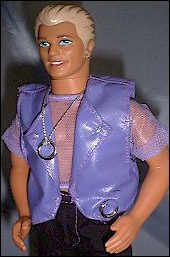
On paper, Heavy Harry and Fat Pat were supposed to be his parents; Marty Macho, Executive Eddie, Straight Steve and Anxious Al were intended to be his four brothers, each one the embodiment of a different stereotype; finally, Fashionable Fran, Liberated Libby, and Nervous Nelly were meant to be Gay Bob’s three little sisters, their characters engraved in their names. But that was solely on paper; in practice, Gay Bob stayed alone, in more ways than one.
Way ahead of his time, he remained the only openly gay doll for no less than two decades! Things changed a bit in 1993, when Mattel released Earring Magic Ken who—despite being designed to be Magic Barbie’s boyfriend—looked too stereotypically feminine and flamboyant to not be dubbed “a closeted gay.” When the Billy Doll hit the shelves four years later, in 1997, it was widely marketed as “the first ‘out and proud’ gay doll.” But some among the older generations knew better—for they had already seen, bought and even played with that precise doll. Its name: Gay Bob.

